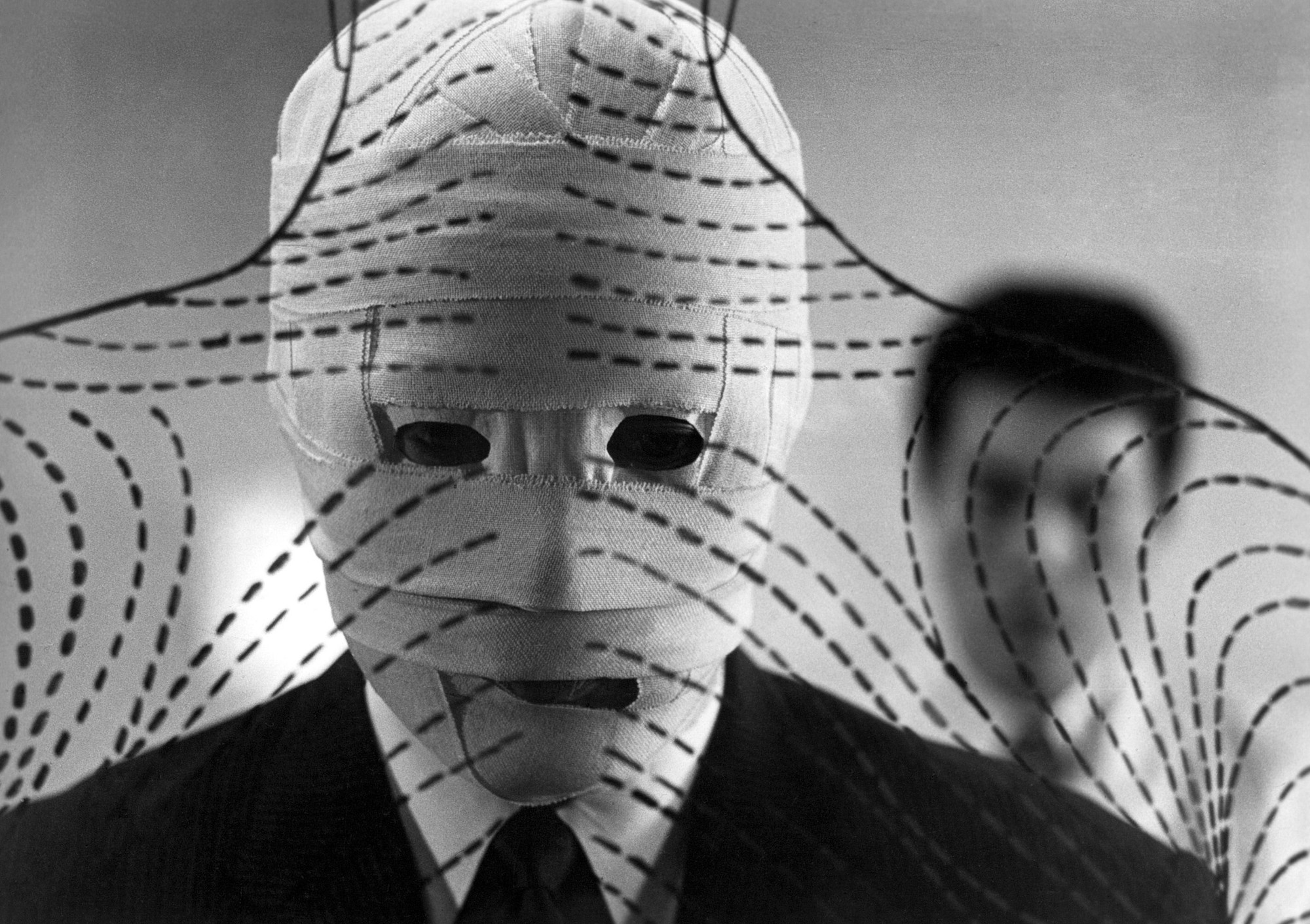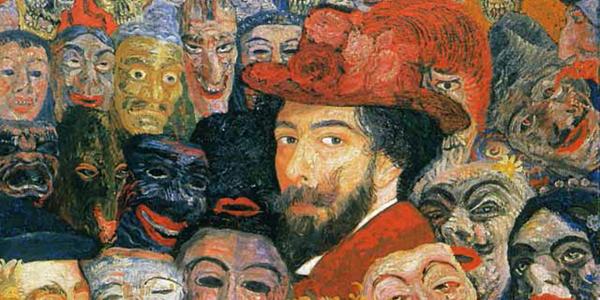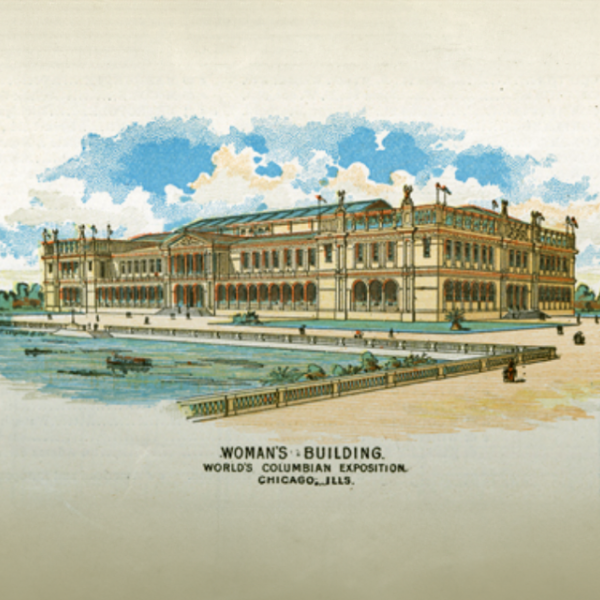Interview with Faculty Fellow Anca Parvulescu
Though now recognized as a pseudoscience, in the 18th and 19th centuries, physiognomy — the practice of studying the distribution of facial features for signs of character and temperment — was highly influential in visual culture and literature. According to the theory, traits such as honesty or criminality are identifiable via physical markers such as the shape of one’s jaw or the pattern of one’s hairline. Leverging this effective shorthand, authors incorporated descriptions of these features in their works as clues for their readers to decode.
Even as modernist writers of the late 19th and early 20th centuries self-consciously turned away from earlier literary practices in an effort to “make it new,” the focus on physicality, in particular the human face, continued. “While many modernist authors rejected physiognomy as an anchor for the construction of literary characters, a version of physiognomy remained operative in modernism,” says Anca Parvulescu, the Liselotte Diekmann Professor of Comparative Literature and Faculty Fellow in the Center for the Humanities. This discourse functions as the background to her current book project, “Modernist Faces: Physiognomy and Facial Form,” which Parvulescu previews below.
Briefly, what is your book about?
The book offers a cultural history of the human face, with a focus on literary modernism. Modernist authors of the early 20th century claimed that they could see reality with new eyes. I argue that the paradigmatic object of modernist vision was the face. I trace a range of literary experiments that tried to reframe the face, so we can see it anew.
How did you select the works and writers you’re looking at — Virginia Woolf (Orlando), Thomas Mann (Death in Venice), Marcel Proust (In Search of Lost Time) and Kōbō Abe (The Face of Another)?
I work with a canonical archive. Woolf, Mann, Proust and Stein are central figures in modernist studies. I go to them because I am making an argument about the core of transatlantic modernist culture and its afterlives. At the same time, I read these canonical authors’ work with an eye to foregrounding silences, things legible on the margins of what they articulate. Finally, Kōbō Abe’s novel allows me to raise the question of how the form of the face I identify in transatlantic modernism resonates in a global context, in this case in Japan.

Why do you think there so is much attention to the face (as opposed to any other physical feature) in these works? What is the draw to human faces in particular?
In literary terms, the face figures a subject. If our desire is to project a person behind the words on the page that describe a literary character, a face (whether described in the text or imagined by a reader) short-circuits this desire. That being said, other objects can function as faces — hands, for example, or landscapes.
In the age of facial-recognition technology, what does your project say about what it means to “read a face”?
I hope my project serves as a reminder of the risks in classifying human beings according to the geometry of the face. Contemporary facial recognition technologies promise to automatize vision; this promise has a physiognomic pedigree. My book shows that these new technologies embed a long history of the face, including elements of physiognomy revised in the modernist period.
Headline image: Ensor aux masques (Self-Portrait with Masks), 1899, by James Ensor, courtesy Menard Art Museum, Komaki, Japan.





